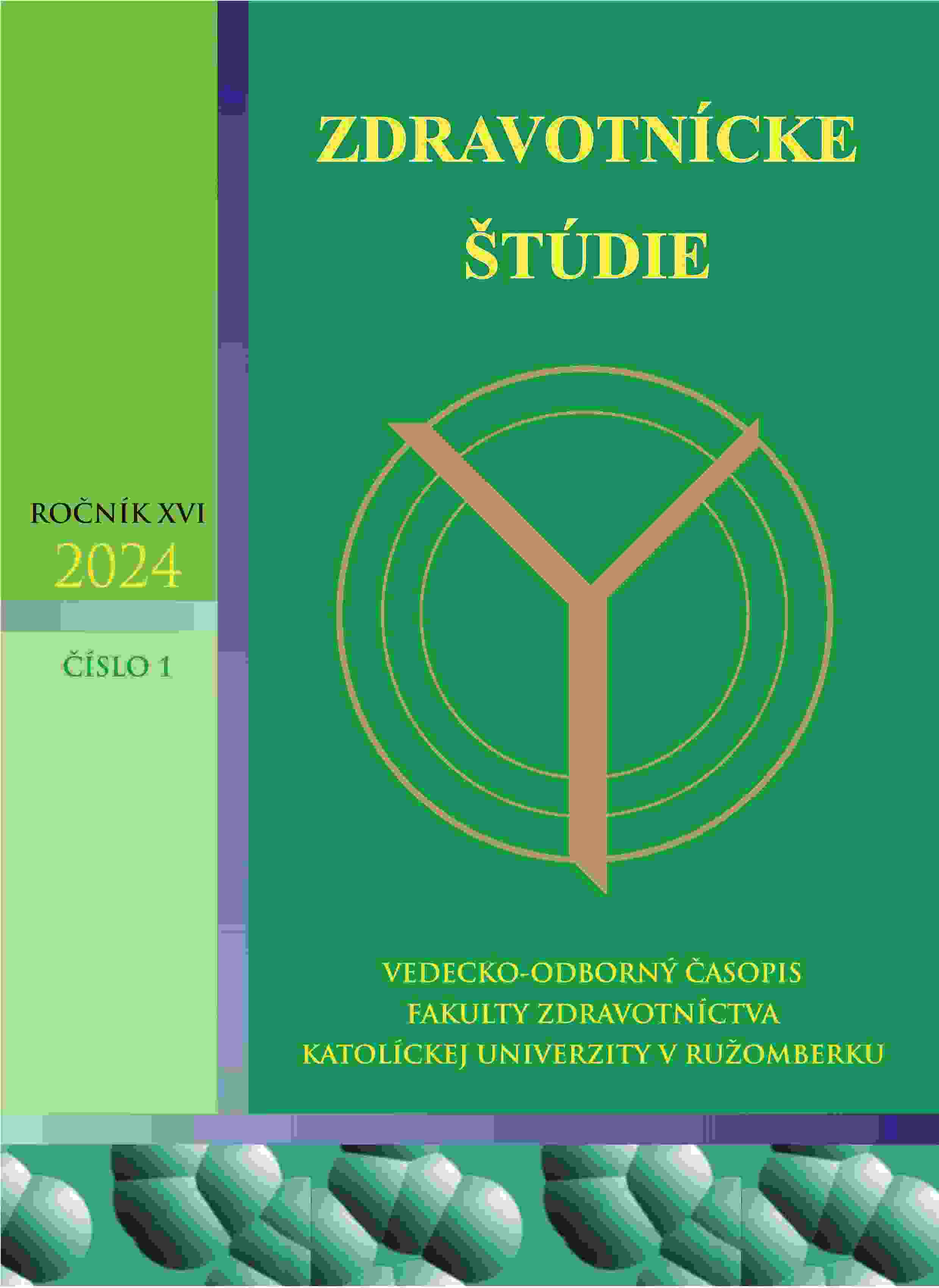Neutrofilné extracelulárne pasce a ich vplyv v patogenéze vybraných ochorení
Neutrophil Extracellular Traps and their Influence in the Pathogenesis of Selected Diseases
Author(s): Ivana Thurzová, Vanesa Bajuszová, Jaromír TupýSubject(s): Social Sciences, Sociology, Health and medicine and law
Published by: VERBUM - vydavateľstvo Katolíckej univerzity v Ružomberku
Keywords: Neutrophil; Neutrophil extracellular traps; Autoimmunity; Tumor diseases; Coagulation
Summary/Abstract: Neutrophil extracellular traps (NETs) are net-like extracellular structures extruded by activated neutrophils capable of trapping many pathogens, including Gram-positive and Gram-negative bacteria, fungi, protozoa, and viruses. NETs are composed of DNAstrands, histones, and antimicrobial proteins derived from neutrophil granules and nuclei. Pathogens are immobilized in them and exposed to a local, high and lethal concentration of effector proteins.Excessive release of NETs or violation of their elimination mechanisms is associated with several disease states. Toxic products of NETs (histones, granule proteins) induce cell apoptosis, promote tissue damage and inflammation. Components of NETs can serve as autoantigens and initiate reactions important in the pathogenesis of several autoimmune diseases. The presence of an increased amount of circulating NETs can influence the progression of cancer disease, the formation of metastases and the failure of treatment. NETs also play an important role in coagulation and blood clot formation.
Journal: Zdravotnícke štúdie
- Issue Year: XVI/2024
- Issue No: 1
- Page Range: 39-44
- Page Count: 6
- Language: Slovak

